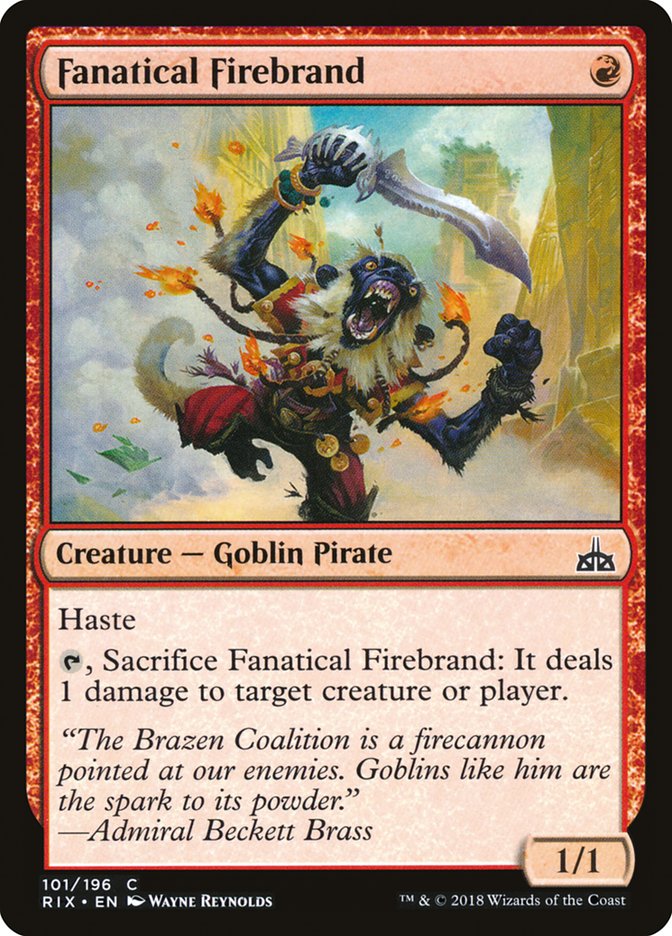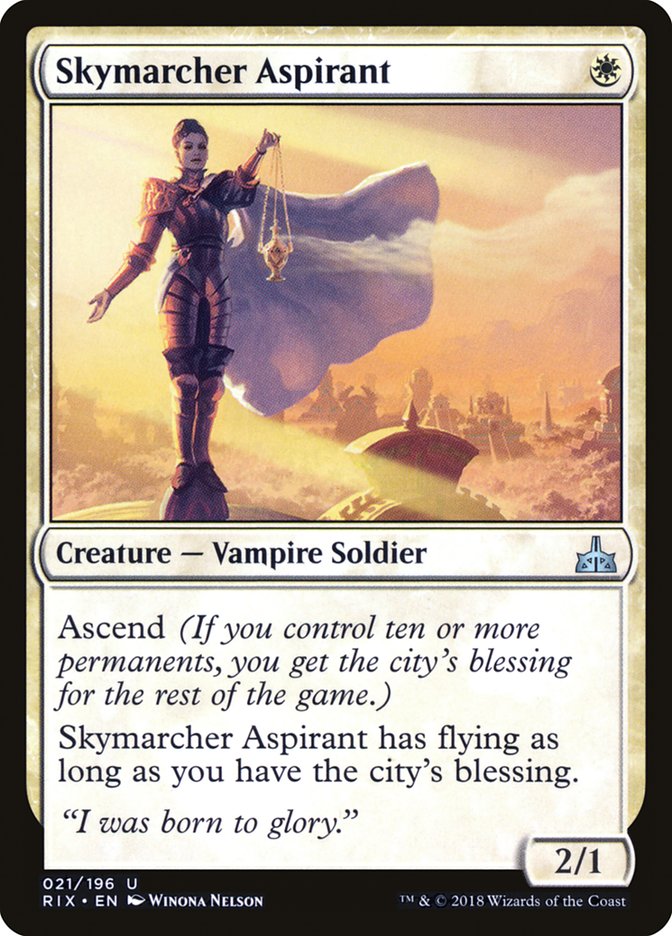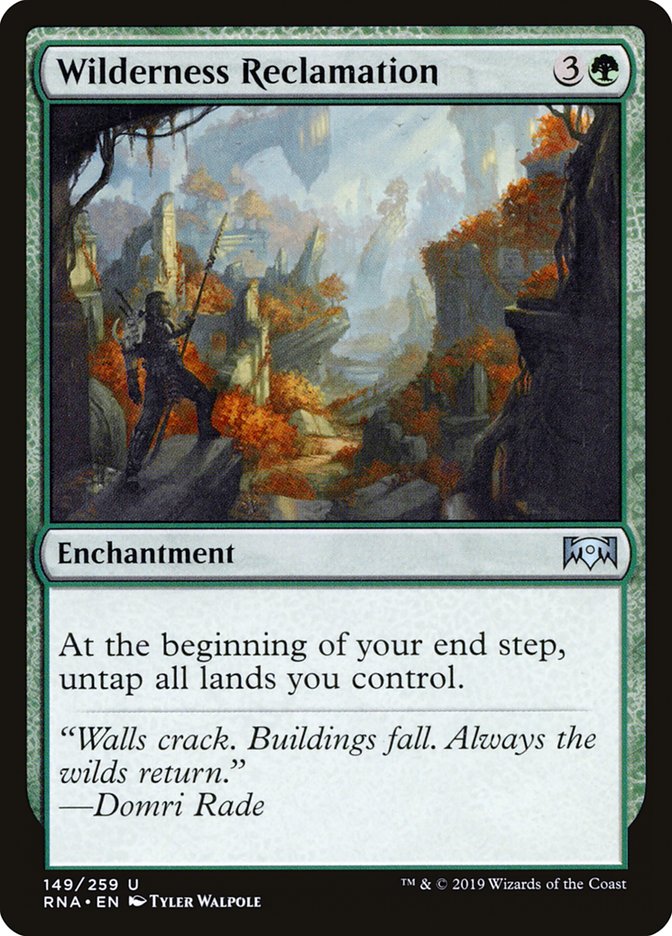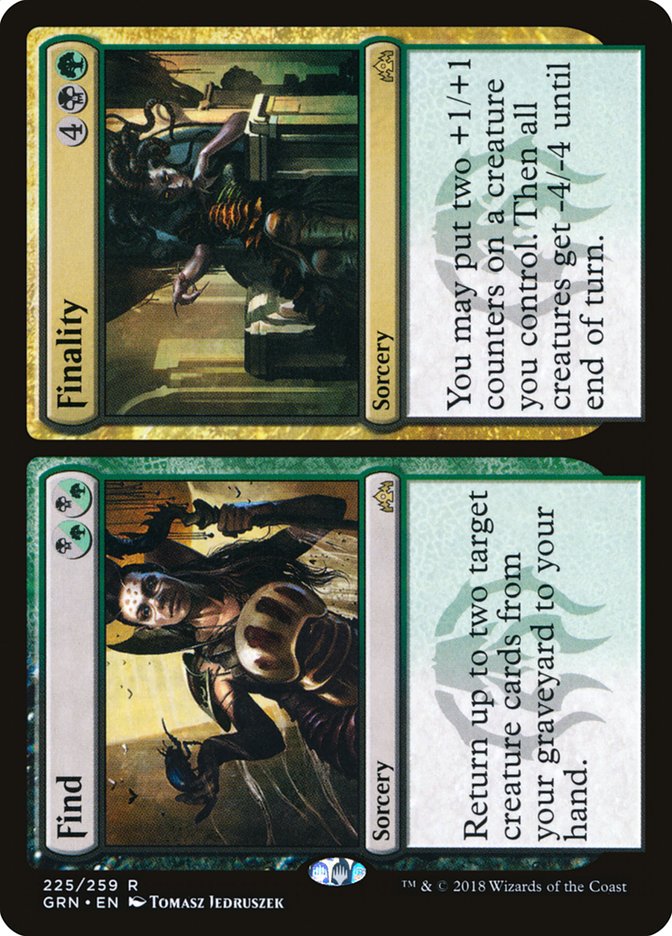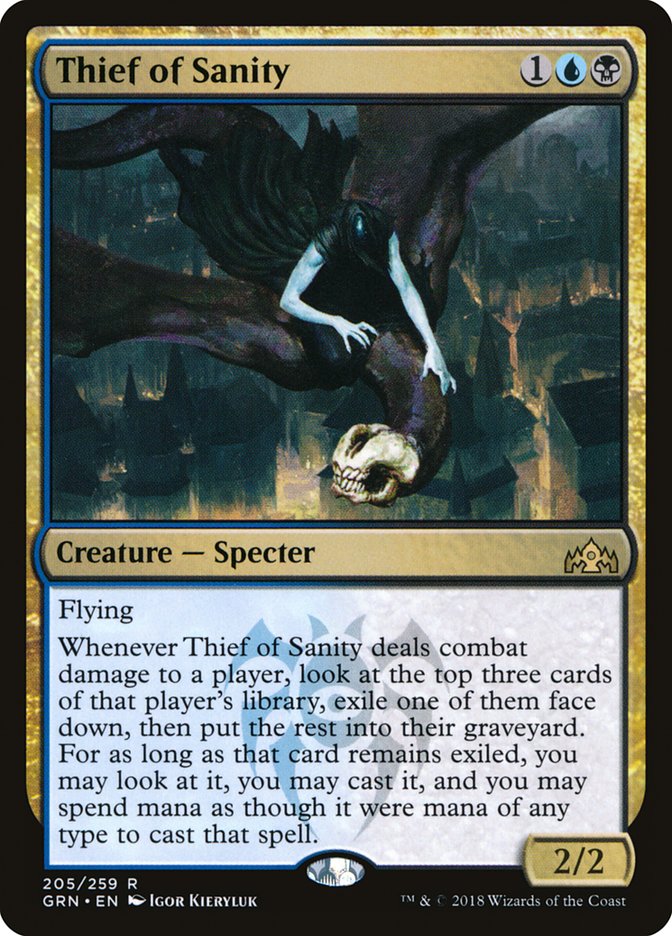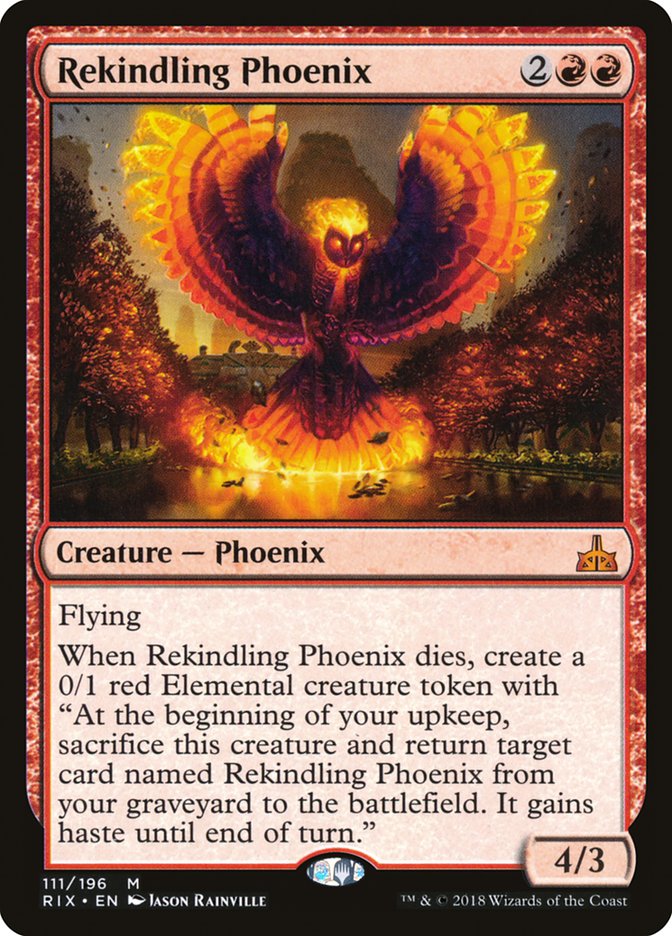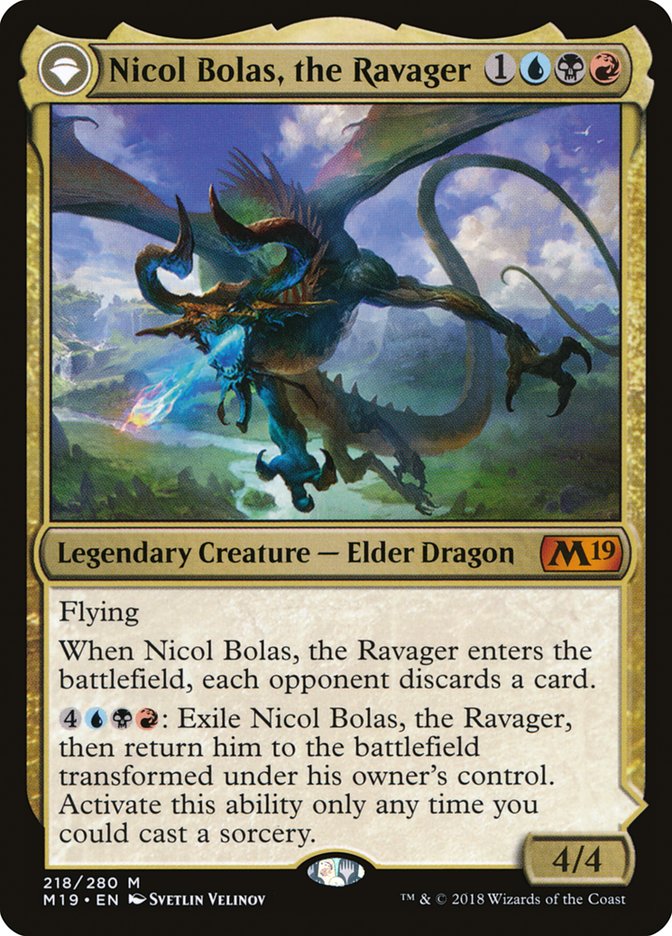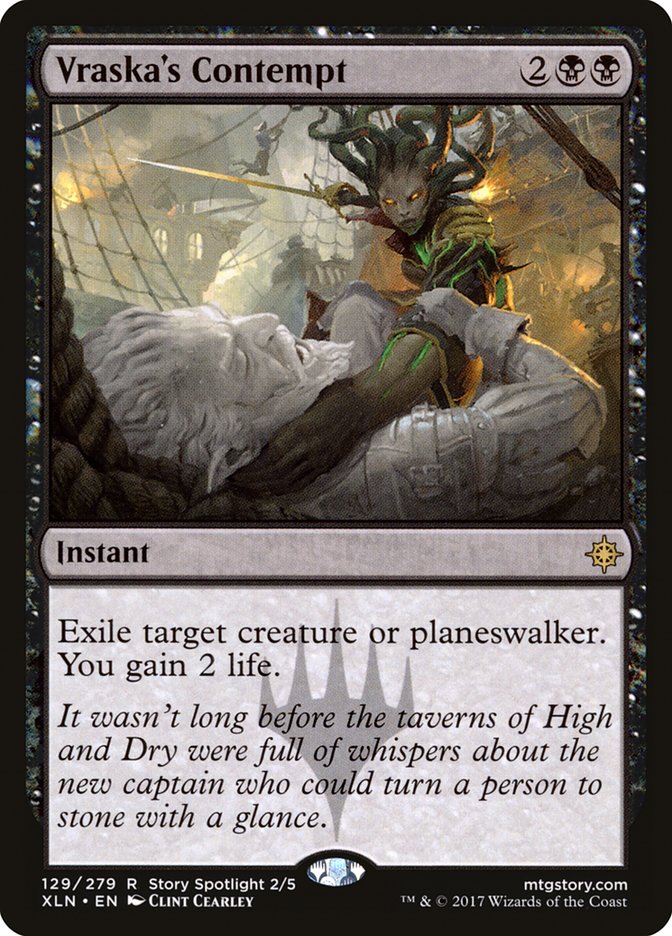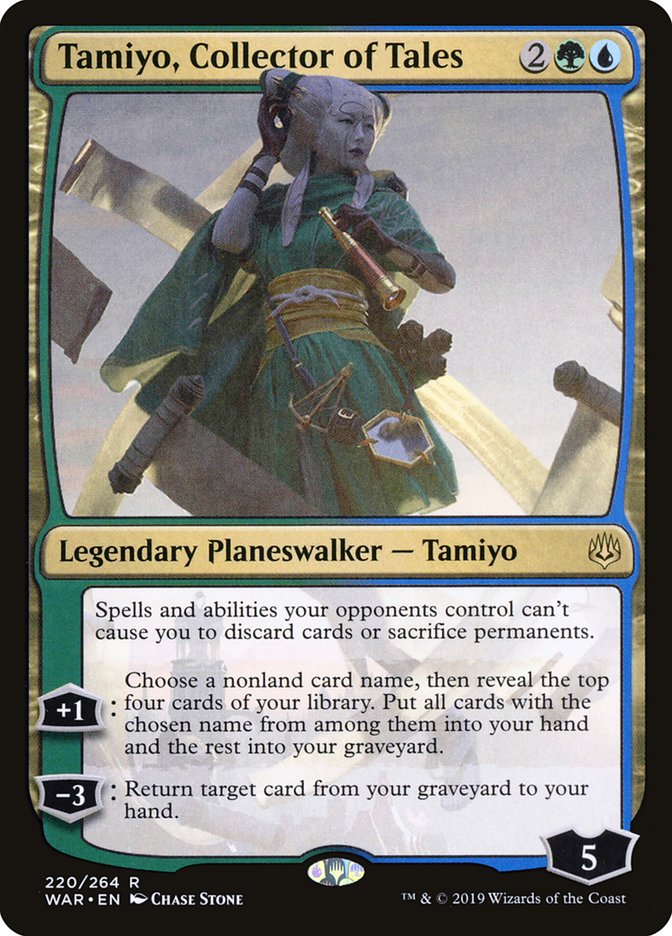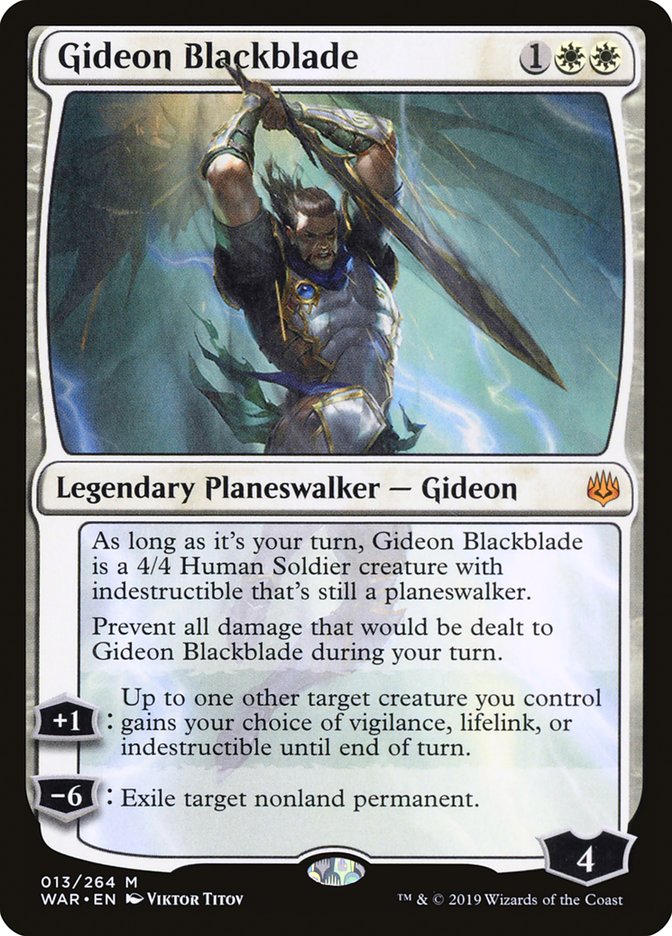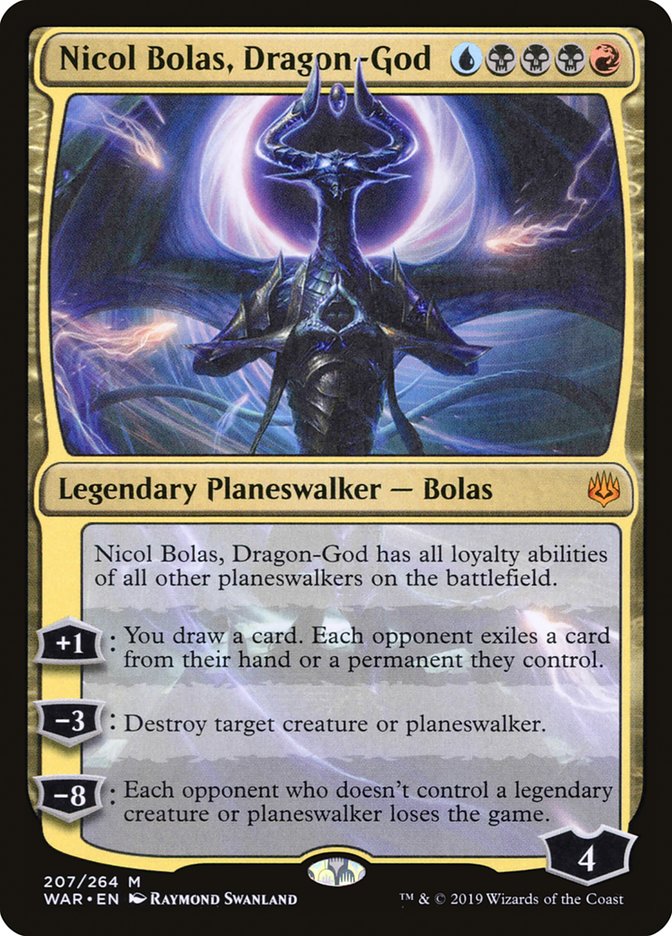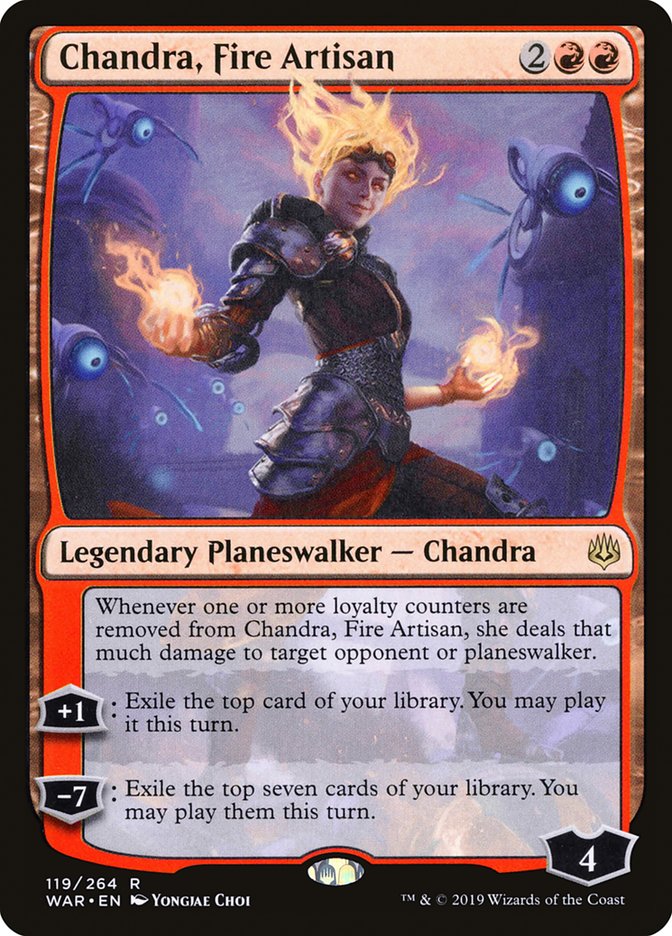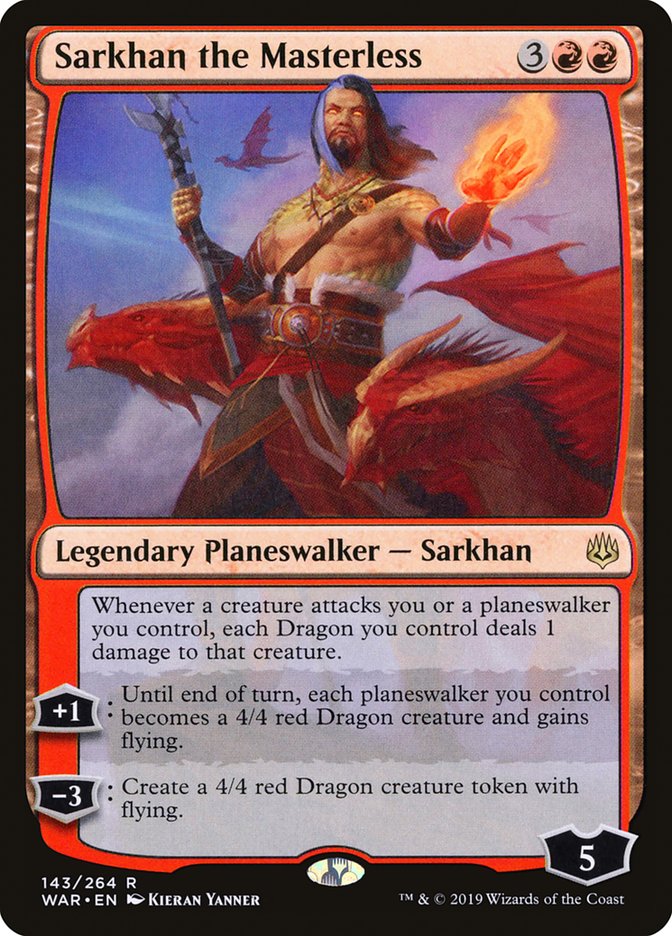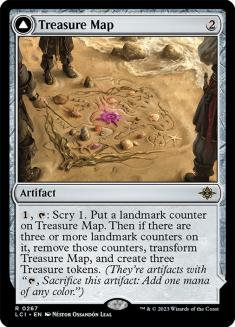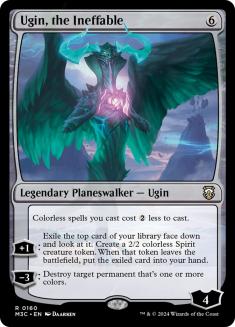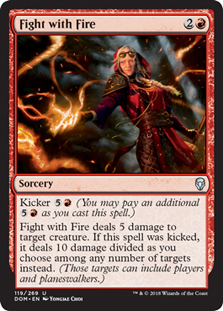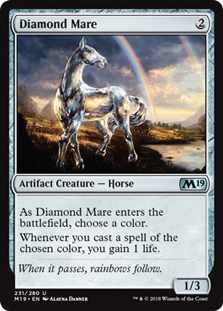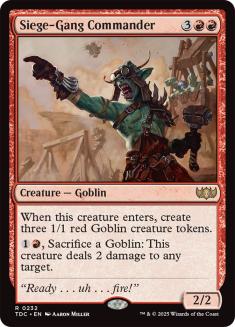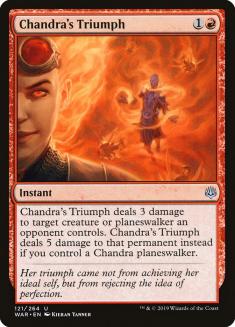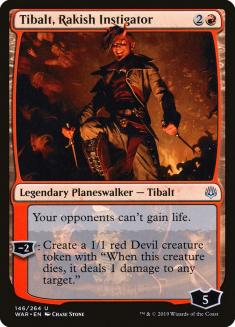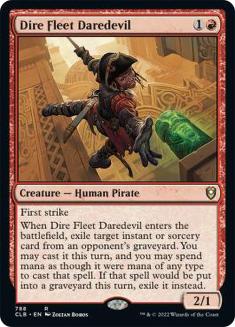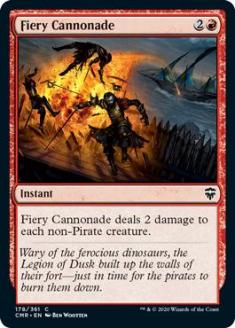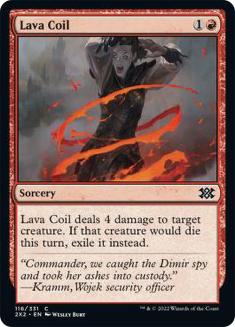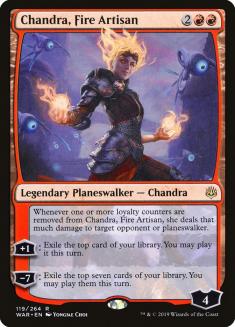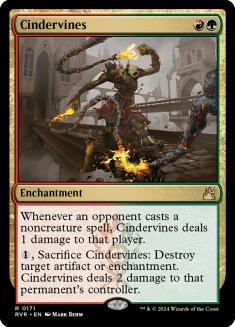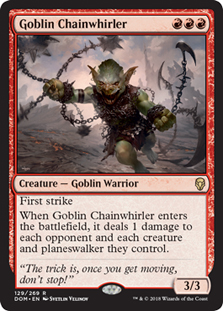With Mythic Championship London concluded alongside Prerelease Weekend, my attention has been on one thing and one thing only.
War of the Spark Standard.
The SCG Tour stop in Richmond this weekend marks not only the beginning of War of the Spark Standard, but also the beginning of the end of Season One heading into the Invitational at SCG CON Summer in June. With my fire for Magic thoroughly lit following a frustrating end to a promising start in Cleveland before the break, I’ve been working my fingers to the bone playing Magic Online in preparation. While my journey has yet to lead me to the state of “perfect deck that never loses to anything and wins all the time” we all dream of, I have so far come away with something almost as good.
The ground rules.
When I say “the ground rules,” I’m referring to the unspoken, unwritten rules of what wins and what loses in a format. Points of tension on the fabric of a format which cause decks and sideboards to invisibly be pulled towards some cards and away from others. The initial landscape we are given to develop into an evolving metagame.
Understanding these shifting dynamics is imperative to success at any time in any format, but especially in the early stages of a format, because failing to understand them is an immediate route to failure.
It’s the difference between building the best deck and the worst deck, the difference between playing too conservatively and turning the corner, the difference between being well tuned and being outclassed. I’m dragging on a bit here, but I feel a need to emphasize it because it is so important. Knowing how to understand and work with the ground rules of a format in an abstract sense is imperative to leveling up as a player at one point or another. So let’s walk through what I’ve found so far.
Rule 1: Decks win games quickly.
This Standard format is not for the faint of heart. It shouldn’t be surprising, based on the way we left Ravnica Allegiance Standard, that this is the case. Azorius Aggro, Mono-Red Aggro, and Simic Nexus are all incredibly threatening decks that come out of the gate quickly and force you to win with your back against the wall.
Beyond the aggro and combo decks of the format, this is visible in things like Teferi, Hero of Dominaria and Azcanta, the Sunken Ruin taking over a game rapidly, or Sultai Midrange clawing ahead with explore creatures and Hydroid Krasis. Once you have begun to get your bearings and stabilize, you had better plan to put the game away quickly before your opponent can rebuild.
Usually, this is pretty much a given, but the polarized nature of the fastest decks in Standard makes it even more pressing than normal. Swarms of creatures on the battlefield, straight-up burn spells, and near-infinite turns are all things you must have a plan for, and that hasn’t changed.
Rule 2: Be prepared to go long (unless you’re an aggro deck).
This rule seems kind of counter-intuitive, considering my last point of how quickly games are won, but assembling your win state and winning the game are two very different things. Cards like Thief of Sanity and Teferi can spiral out of control easily and bury you in card advantage, but ultimately that’s their purpose – to accrue card advantage. Almost every deck in the format has a plan for games that are more than five or six turns, and the arms race only gets more and more volatile as the game progresses.
This also isn’t exactly news, though. In Ravnica Allegiance Standard, we saw that having the bigger Hydroid Krasis in Sultai mirrors was extremely important and that planning for an eternal struggle of resource advantage started early and never ended. Outside of the aggressive spectrum, there are numerous ways to get up on cards over time that start to pull ahead in every color combination. Generally speaking, though, these advantages are accrued over time and not in heavy bursts. This makes it very difficult to leverage card advantage into a win immediately, hence the “endless” grind.
Something that could break this mold would be a card like Sphinx’s Revelation, a card so powerful at putting one player at an advantage that it would shut out the opponent’s chances to win on the spot. With planeswalkers being the rule of law around these parts, though, I doubt that’ll change anytime soon.
Rule 3: There is a big power gap between three and four mana.
One of the big defining characteristics of the format is what you’re getting out of not being aggressive. In the case of this Standard format, you can look at it as two choices. One direction you can go is to end your mana curve at three for cards like Goblin Chainwhirler, Benalish Marshal, and Tempest Djinn, which is not a bad place to stop, all things considered. The other option is to start your curve higher and gain access to four- and five-mana spells that are leaps and bounds ahead of their three-mana counterparts.
What this means, outside of thinking about the difference between the aggressive decks and the midrange decks, is that getting ahead on mana in the early-game and mid-game pays off in a very big way. This is the fundamental reason things like Llanowar Elves in the Sultai Mirror or being able to use your creatures to remove planeswalkers are so important. The mana efficiency of your actions is how you can get set up faster. The underlying disparity here is also why cards like Teferi, Time Raveler that can generate both mana and card advantage are poised to be so powerful in Standard.
These are the three big ground rules that I’ve come to accept as defining in our current Standard format. With these in mind, not only can we move forward to define the kind of gauntlet of returning archetypes we need to run ourselves through to prepare for the weekend, but also which new ones are able to stand a cut above the rest.
Beneath these are a handful of things that aren’t quite “rules” per se, but are definitely helpful tips:
- Make sure you can do something about a resolved planeswalker. Think more Angrath’s Rampage, less Moment of Craving.
- Not everything dies to Cast Down and Lava Coil. Be prepared to do more.
- Enter the God-Eternals will be cast against you at some point. Don’t get caught off-guard.
- Controlling the battlefield in combat is a huge advantage.
“Did you say something about a gauntlet?” Yeah, of course, did you really think I was going to blather on forever without putting any of that to use? Let’s start with the basics.
The first three decks in any Standard gauntlet right now should be Simic Nexus, Mono-White Aggro, and Mono-Red Aggro. The simple yet elegant aggro decks of the format really haven’t changed much, while Simic Nexus has seen some updates in the form of Tamiyo, Collector of Tales. The latest list I’ve seen, courtesy of Cain Rianhard, is playing a full playset, and Bryan Gottlieb can’t seem to stop talking about it, so I believe it’s the real deal. Regardless of updates, these strategies are nothing new and these three decks set a majority of the constraints on your sideboard.
The other half of the gauntlet is where things get a little more interesting. Alongside the obligatory Sultai Midrange and Esper Control decks, I’m already bringing one newcomer to the table.
Creatures (8)
Planeswalkers (6)
Lands (25)
Spells (21)

This deck that I caught wind of from Team Tempest’s Zack Kanner has a lot of promise to take SCG Richmond by storm over the weekend and is something you should absolutely be prepared for. What makes this deck stand out so much to me is that everything it’s doing on the proactive side attacks decks in ways they’re not familiar with, while everything on the reactive side is what I’m already looking for.
Dylan Hand talked about the flexibility of Grixis shells on Monday and how it can have a punishing curve of Nicol Bolas into Nicol Bolas, and I kind of knew what he was saying when I read it.
Then I played against it.
It feels so absolutely demoralizing to play against Nicol Bolas, Dragon-God that every time it gets played against me, I audibly groan at my monitor. Like I said in Rule 2, decks are currently built to have all the time they need to set up their long-game Nicol Bolas is absolutely punishing. Not only do you start having to fight through more cards, you’re having to do it with less and less each turn. On top of that, each turn you try to fight back, you start to risk cards you might want to hold onto for later getting exiled.
I’m not so certain that the deck will be out in force this weekend because of how new and unexplored it is, but I’m certain it’s not going anywhere and is worthy of a place in the gauntlet.
Normally I’d wrap things up here with some stuff about how important ground rules are and how to use them, and something about how we’ll have to see what happens, but I think it’s so important that I’m going to give you one last example.
Last week, I talked about Chandra, Fire Artisan and how I thought she was being overlooked, so I started brewing with her and came up with a Big Red list you can find in there. I won’t go into much detail here that you can find there.
This week, I used what I’ve learned to craft a much more tuned version of that same concept that I’ve been really enjoying playing on Magic Online and is currently one of my frontrunners for the Standard Open.
Creatures (13)
Planeswalkers (8)
Lands (12)
Spells (27)

The first things from last week’s deck that needed fixing were that there is such a thing as too many Chandras, and that Sarkhan the Masterless is a veryquick clock on its own.
The other thing I foresaw having issues with was Wildgrowth Walker, and a few problem permanents I couldn’t find a clean way to answer. Blast Zone has stepped up quite nicely to cover that and has been extremely impressive for me.
Then came time for constructing the sideboard, so I used my handy-dandy gauntlet to create a matchup spread I wanted to cover, and made the numbers fit nicely like this:
VS Mono-Red Aggro
Out:
In:
VS Mono-White Aggro
Out:
In:
VS Simic Nexus
Out:
In:
VS Sultai Midrange
Out:
In:
VS Esper Control
Out:
In:
VS Grixis Midrange
Out:
In:
By applying the ground rules of the format and keeping track of their changes, you help every step of your process from the bottom up. I am and have always been a firm believer in theory and process as the two biggest common denominators in success when it comes to Magic, and knowing how to set and apply the ground rules is theory and process in harmony.
With all that out there, now I’ll take my chance to restate that I’m excited for what the new Standard format holds. So far, I’ve been not only learning a lot playing it but enjoying it a ton too. There’s a wide variety of strong options across the board with War of the Spark left to be explored and I wouldn’t be surprised if Nicol Bolas wasn’t the only one to have its time to shine.


